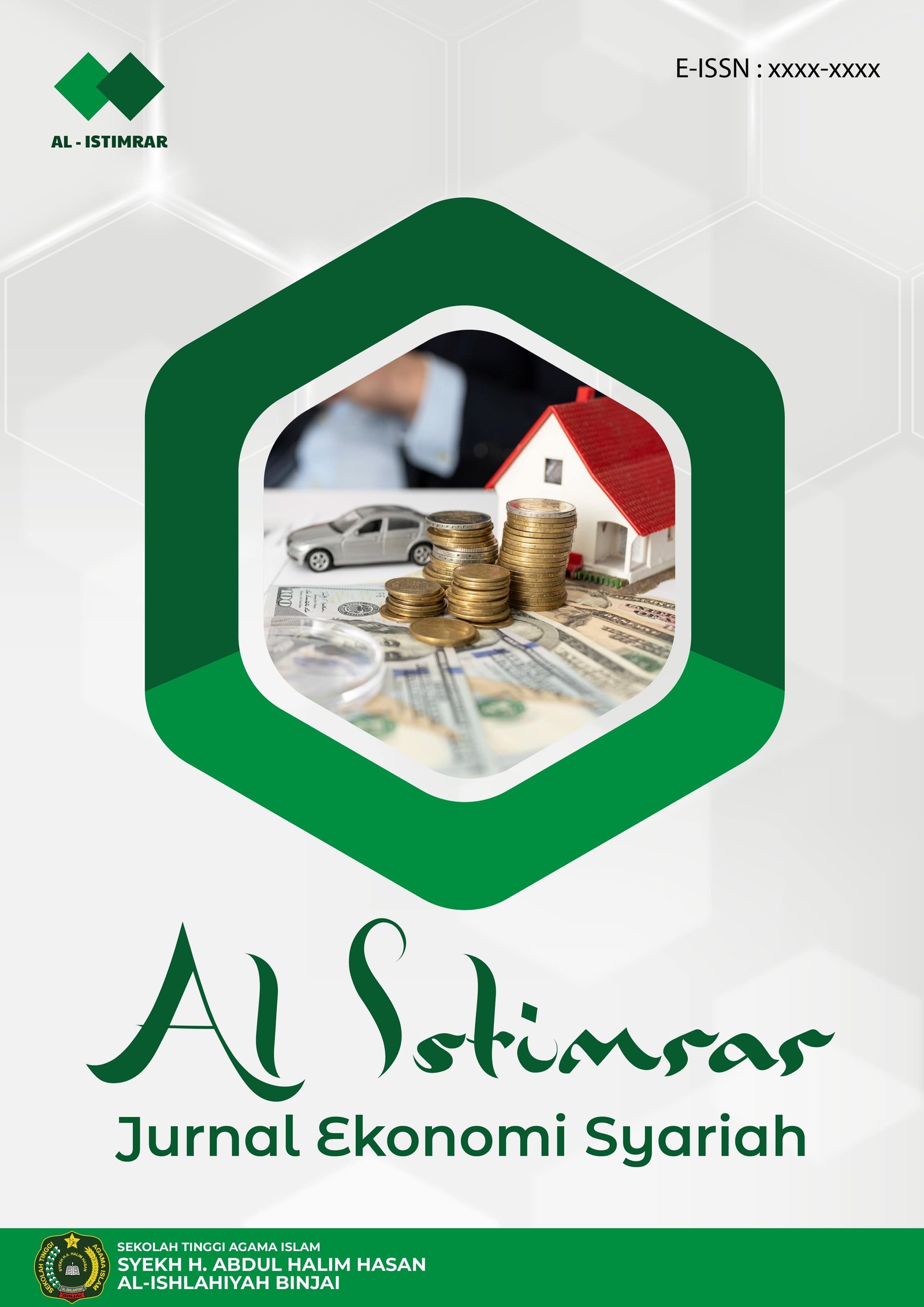Al-Qawaid Al-Khomsah dalam Landasan Muamalah
DOI:
https://doi.org/10.59342/istimrar.v1i2.144Keywords:
Qawaid Fiqhiyyah, Fiqh, MuamalahAbstract
Ushûliyûn divides the rule of fiqhiyyah in terms of its substance into two parts; First, the main rule which contains five rules and second, the branch rule which covers many good aspects of the rules related to worship, muamalah, siyâsah, mâliyah and others. However, in this paper, the author only focuses on the basic rules of fiqhiyyah (tree). The general rules and universal principles are what is called al-qawanin al-fiqhiyyah or al-qawaid al-fiqhiyyah (rules of Fiqh). And in this paper will be discussed about the rules of fiqh as a foundation and argument in Islamic law. Qawaid fiqhiyah is not formed at once in the form and systematics that we find now. The formation of the qawaid is in line with the legislative process in Islam. The history of the formation and development of qawaid fiqhiyah from the time of the establishment of law (tasyri ') to the present can be divided into three historical periods: namely the period of growth and formation of qawaid, the period of development and writing, and the period of consolidation and systematization.
References
AL-Quranul Kariim
A. Djazuli, Kaidah-Kaidah Fikih, (Jakarta: Prenada Media Group, 2006),
Asfahânî, al-, al-Râghib, al-Mufradât fî Gharîb al-Qurân, Mishr: Mushthafâ al-Bâbi al-Halabî,
Asqalâni, al-, Ibn Hajar, Fath al-Barî, Bayrût: Dâr al-Fikr, 2006.
Bukharî, al-, Shahîh al-Bukhârî, Bayrût: Dâr al-Fikr, 1994
Haq, Abdul, dkk, Formalisasi Nalar Fikih, Surabaya: Khalista, 2009.
Ibn Nujaim, al-Asybâh wa al-Nazhâir, Damaskus: Dâr al-Fikr, 1983.
Ibn Manzhur, Lisân al-Arab, Bayrut: Dâr al-Shâdir, 2000.
Downloads
Published
How to Cite
Issue
Section
License
Copyright (c) 2022 Al-Istimrar: Jurnal Ekonomi Syariah

This work is licensed under a Creative Commons Attribution-ShareAlike 4.0 International License.









